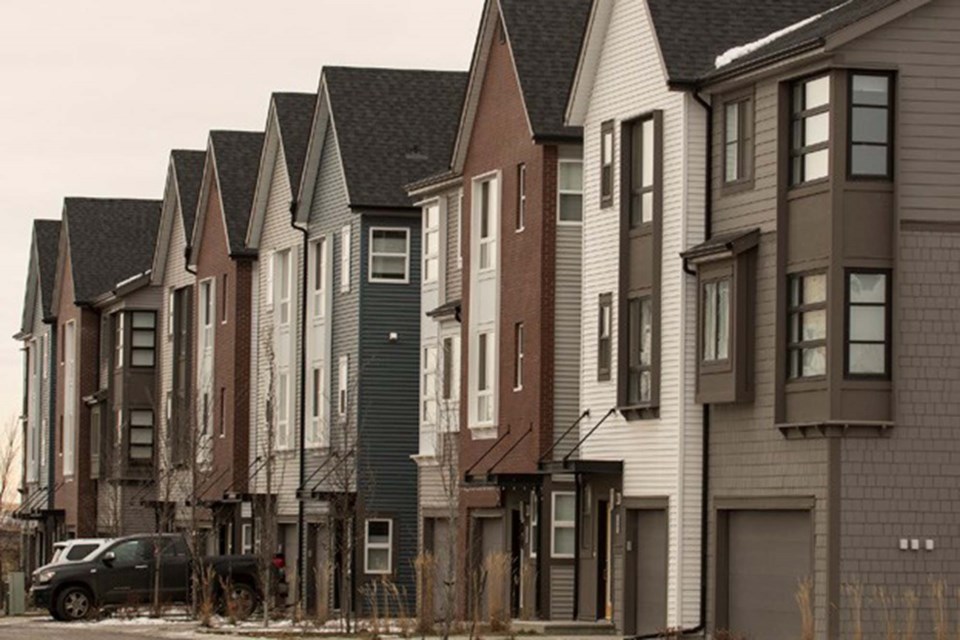With both rural communities shrinking and urban centres growing, experts say regionalization of services can help both types of population centres cope with the change.
In February, Statistics Canada released the first installment of census data from 2021, showing population changes and growth since 2016, and it highlighted a trend across the country of residents moving from rural communities to big cities and their surrounding bedroom communities.
Sandeep Agrawal, professor and director of the School of Urban and Regional Planning at the University of Alberta, said a regional approach can help cities grow in a sustainable way.
When cities grow, they are at risk of urban sprawl, Agrawal said, and the two regional boards that collaborate with the municipalities around Edmonton and Calgary work hard to make growth in the two big cities sustainable.
“The role of the two regional boards is very, very important to make sure that the growth happens in a more sustainable way and the way we account for the land that we use to grow food,” Agrawal said.
In the last decade, Agrawal said the two major centres have changed their growth dramatically with a move towards more sustainable compact growth patterns.
Calgary and Edmonton have grown to be much more dense and more compact than they have been in the past, Agrawal said, but the bedroom communities have not been following that trend as strongly. This is why the regional boards are so important, Agrawal said, because each municipality can only do so much on its own to manage regional growth.
When municipalities don’t manage their growth, they are risking urban sprawl, which has a “monumental impact” on the environment, Agrawal said.
“It has serious impact on our prime agricultural land that surrounds us,” Agrawal said.
There will be increased pasture lands paved over with concrete where fewer people are living and municipalities aren’t using their land efficiently, Agrawal said.
Sprawl is also not a good financial plan, Agrawal said, with more money spent servicing land when it is better to put more people into areas that already have some infrastructure in place.
For shrinking communities, regionalization can help them offer services in a collaborative way so they don’t have to pay for every community amenity on their own with a shrinking tax base.
Mayor of Westaskawin, Tyler Gandam, who is the Alberta Municipalities vice-president for cities up to 500,000, said rural communities can work together to provide services.
“I think it's really important for communities that are close enough to each other to be utilizing each other's resources as opposed to competing with each other,” Gandam said.
“If you've got two municipalities that are relatively close, one has a really nice arena and the other has a really nice rec centre, it would be redundant for the two municipalities to build what the other one already has,” Gandam said.
Shrinking rural populations have become a major issue for some municipalities across the province, and Agrawal said the planning community hasn’t looked very closely at how to manage it, as the industry has been focused more on growth and urbanization.
“This phenomenon of shrinking cities, it's fairly, relatively new in the scholarly field,” Agrawal said.
People leaving the community will cause the tax base to shrink, making it increasingly difficult to provide services to the residents who stay.
Even maintaining the same level of service can be tough when a population has stagnated, Gandam said, because of inflation.
The new intermunicipal collaborative framework, a plan put forward by the province to incentivize communities to work together to offer services, encourages and promotes communities to team up to offer their services to residents. Agrawal said this can help struggling municipalities.
“When those services are provided in a more collaborative way, they may be more efficient and it will build better capacity for the municipalities if they work together,” Agrawal said.
“I think it should provide another reason to regionalize service provisions and thinking about how to sort of now take care of the existing population in a sustainable way.”



